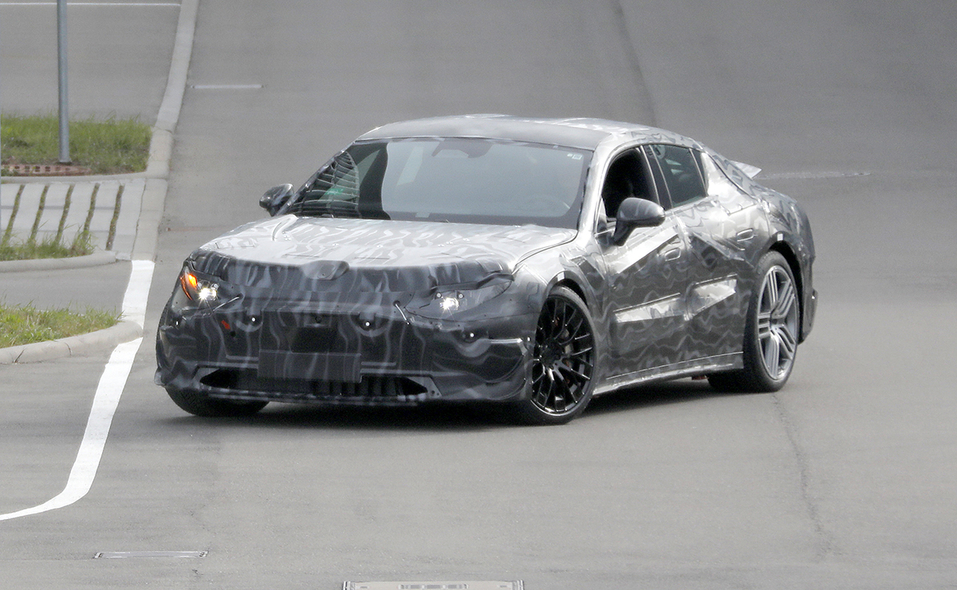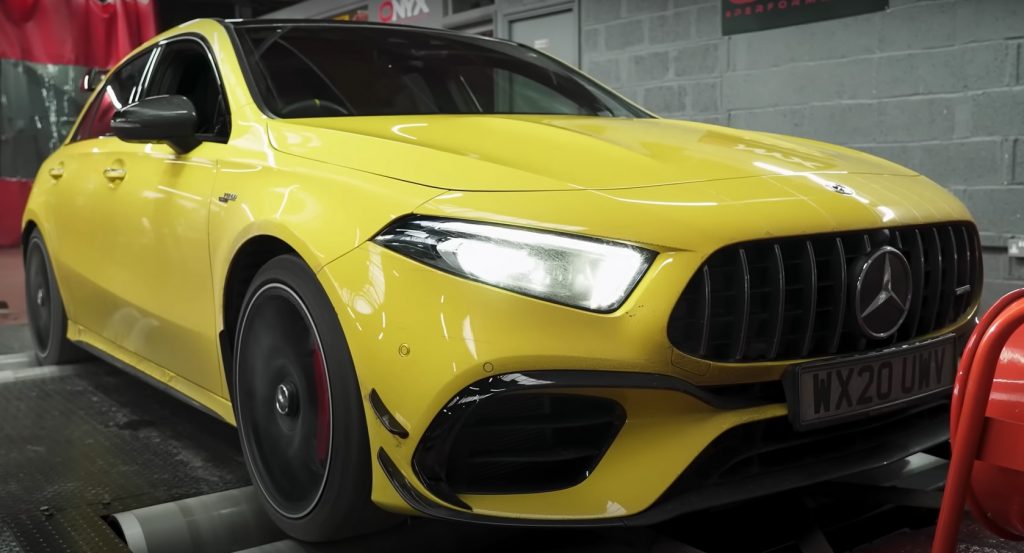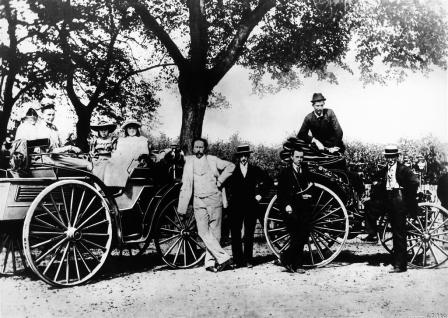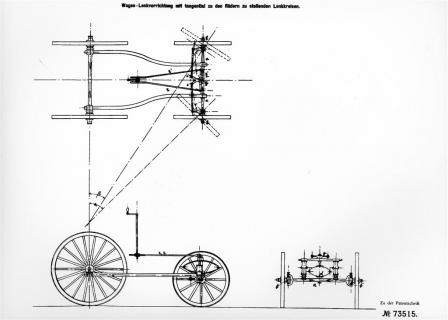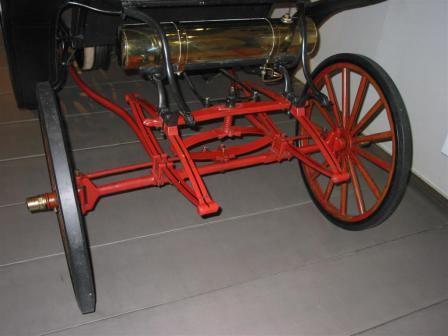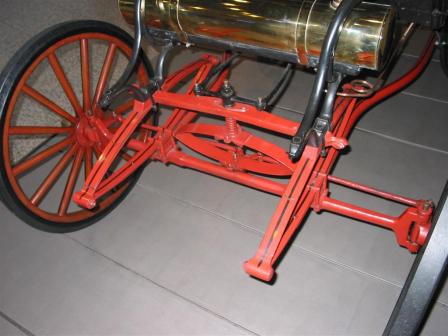
In 1886, quite independently of each other, two inventions hit the road: in Mannheim the Benz Patent Motor Car – a vehicle designed from scratch – and in Stuttgart Daimler’s Motorized Carriage – as its name implies, a carriage powered by an engine. Both vehicles were lacking a decisive feature, however: a steering system matched to the vehicle and capable of coping with the prevailing conditions and speeds. These two great pioneers not only enabled mobility to people, but also set the standard for vehicles and their parts.
Read more about the great inventors.
Carl Benz had not wasted any time on the design of a steering but had opted for a three-wheeler to start with. Gottlieb Daimler, by contrast, had primarily pursued the aim of proving that his small high-speed gasoline engine was suitable for driving a vehicle – hence the carriage. He hadn’t set his sights on anything else or more in this first approach.
Although refined over the centuries, the fifth-wheel steering was still state of the art on carriages, with the front axle complete with wheels swiveling around a main bearing journal. On elegant or more easily maneuverable carriages, the front axle assembly was mounted below the vehicle itself and therefore fitted with smaller wheels than the rear axle in most cases. And so, during the early years of automotive development, vehicles largely remained at carriage engineering level in this respect.
The two inventors of the automobile did not know that as early as 1816, carriage builder Georg Lankensperger in Munich had been granted a “privilege”, as patents were called at the time, for a “steering device for horse-drawn vehicles”. In principle, his design represented the solution to the problem. It was re-patented by Am©d©e Boll©e for his steam-powered vehicle in 1873 but then fell into oblivion for reasons unknown.
The re-invention of the double-pivot steering
It was by coincidence that Carl Benz came across this “privilege” when browsing through a trade journal in 1891 and realized the significance of this design for the automobile, specifying that “the extended lines of the wheel axes must converge in the center point of the bend.” In short, he realized that the double-pivot steering was the solution to the automotive steering problem.
In painstaking work, he developed a steering for his purposes – moved by a steering crank rather than a shaft – and fitted it into his Patent Motor Car. Several improvements followed until the steering was both light and reliable in operational terms, and therefore good enough to be patented.
DRP 73515
Carl Benz filed a patent application for his “vehicle steering device with steering circles to be tangentially positioned in relation to the wheels” on February 28, 1893. This patent – DRP 73515 – instantly assumed worldwide significance, and quite understandably triggered a flood of new designs and conversions of already existing vehicles.
A well-known marine painter, Eugen von Zardetti from Bregenz, had his 1983 three-wheeled Benz Patent Motor Car – the very first automobile in Austria – converted into a four-wheeler in 1898. The Zardetti family donated this remarkable vehicle to the Technical Museum in Vienna in 1926, where it still ranks among the most valuable exhibits.
Benz Patent Motor Car Victoria
The first four-wheeler presented by Benz with this groundbreaking new steering to buyers and the public at large was the Victoria. It was built between 1893 and 1900 in different versions and with engine output ratings from three to six hp. The Victoria was to remain Carl Benz’s all-time favorite car.
Legend has it that Benz chose this name to celebrate his “victory” over the steering problem. More likely than not, however, he simply used the well-established name for this category of two-seater carriage. In the early days of motorization, quite a number of designations were adopted from carriage building, for instance coupe, landauer, duc and break.
In one of the first Benz Victoria models with production number 76, the Bohemian/Austrian Baron Theodor von Liebieg undertook the first long-distance trip in automotive history in 1894. The 22-year-old set out from Reichenberg in Bohemia and traveled via Mannheim to Gondorf on the River Mosel, from where he made a number of excursions, among other things to Reims in France. The return trip took him via Mannheim back to Reichenbach. Altogether, he clocked up 2,500 kilometers in that summer. The top speed of his four-hp car was about 20 kilometers per hour, and fuel consumption was around 21 liters on 100 kilometers. Equally remarkable was the water consumption of the open cooling system: 150 liters on 100 kilometers. Baron von Liebieg’s Benz Victoria is today displayed in the National Czech Museum in Prague.





